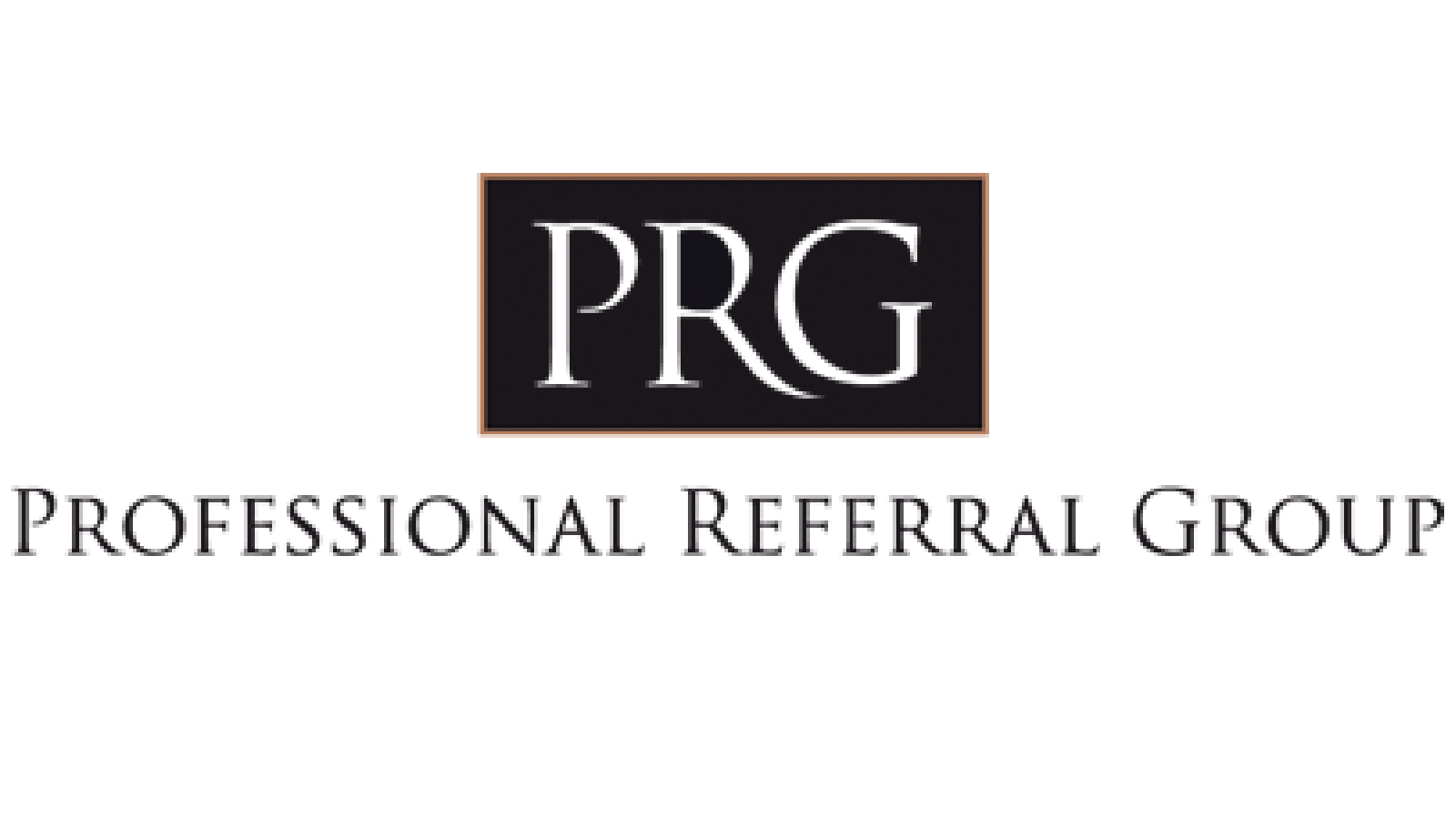As her family all gathered to sit down at the Thanksgiving dinner table, Mable felt she had an extra-special reason to give thanks this year. While her husband, Frank, placed the turkey on the table, she fought back tears as she saw her grandson, Jackson, sneak an early bite of roast potato. Six months earlier, she wasn’t sure Jackson would be sitting at the Thanksgiving table this year, but thanks to her local children’s hospital, he survived his health scare and was back to his happy — if a little mischievous — self.
The more Mable thought about the great care the children’s hospital gave Jackson, the more she wished she could give back to them in some way. However, Mable never felt she was financially capable of doing so until she was pleasantly surprised at a recent review meeting with her financial advisor. As part of their conversation, her advisor asked her if she had ever considered gifting or had charitable intentions. After sharing the story of Jackson, and how she would love to be able to give back to the hospital, her advisor explained that there was a strategy that could allow her to meet her gift intention without having a significant impact on her retirement cash flow.
Her advisor recommended a planned gift using life insurance. Her advisor informed her that a planned gift of life insurance could be tax-effective and, at the same time, could help balance her gifting wishes and the financial needs of her and her family.
Life insurance should be a key part of your overall financial strategy, along with your retirement accounts and other investments. Make sure you’re properly covered – for today and tomorrow.
This article was written by Edward Jones for use by your local Edward Jones Financial Advisor, Nicolle Lalonde.
 Back to myNiagaraOnline
Back to myNiagaraOnline
































